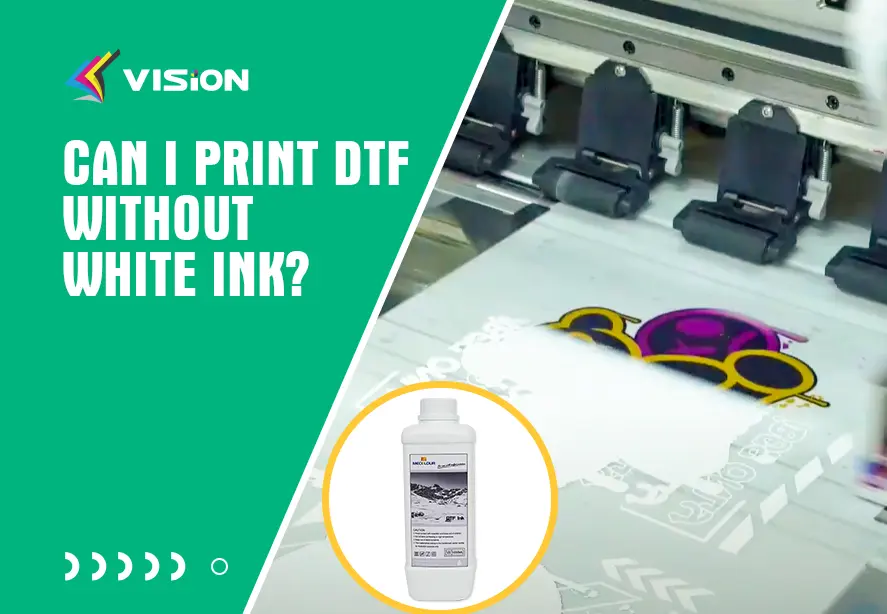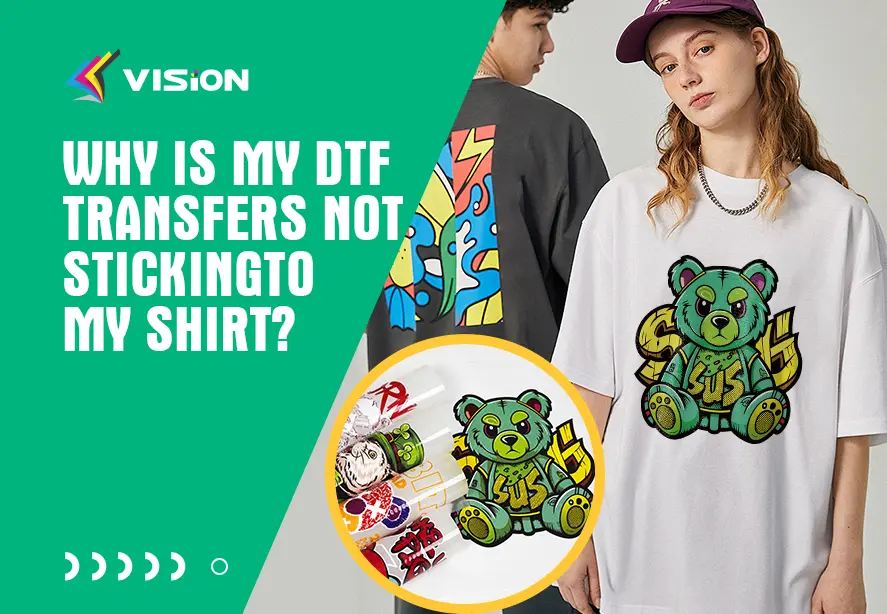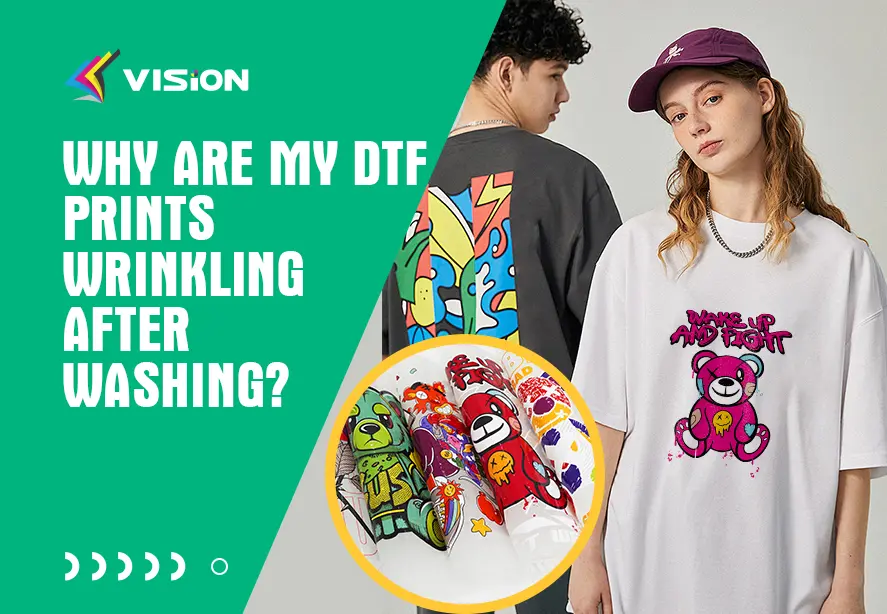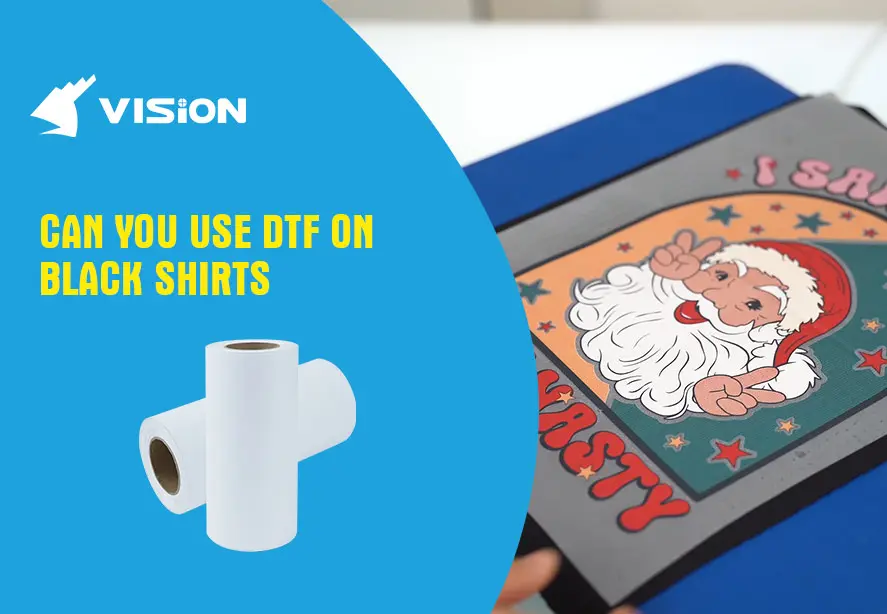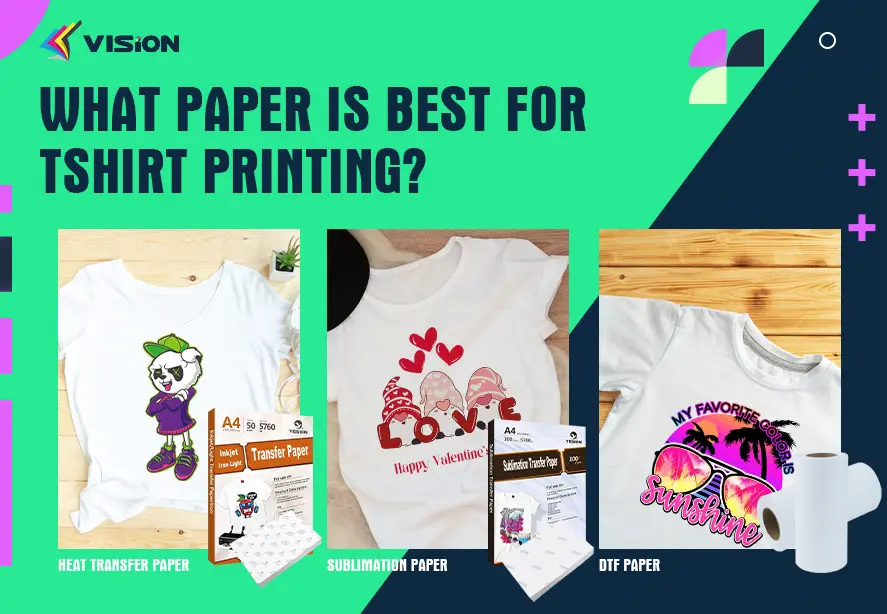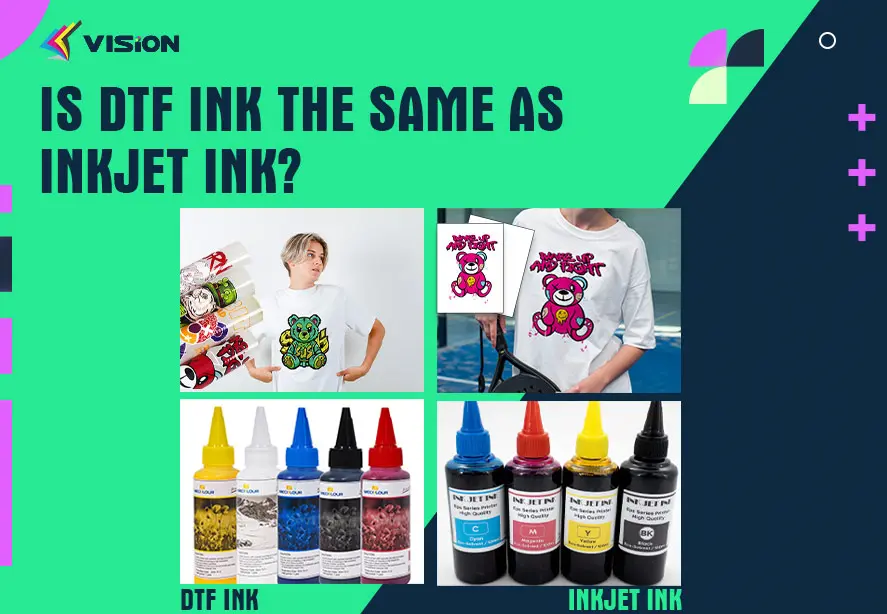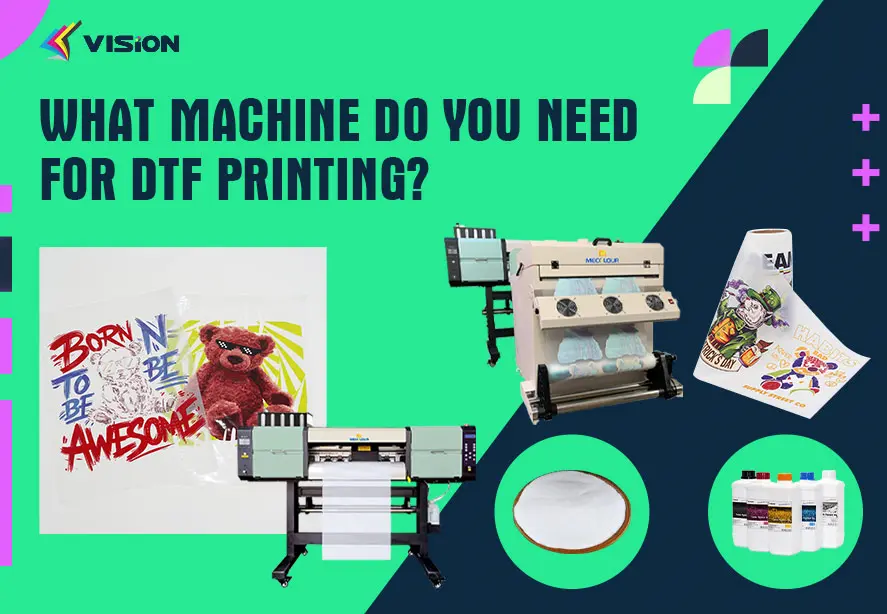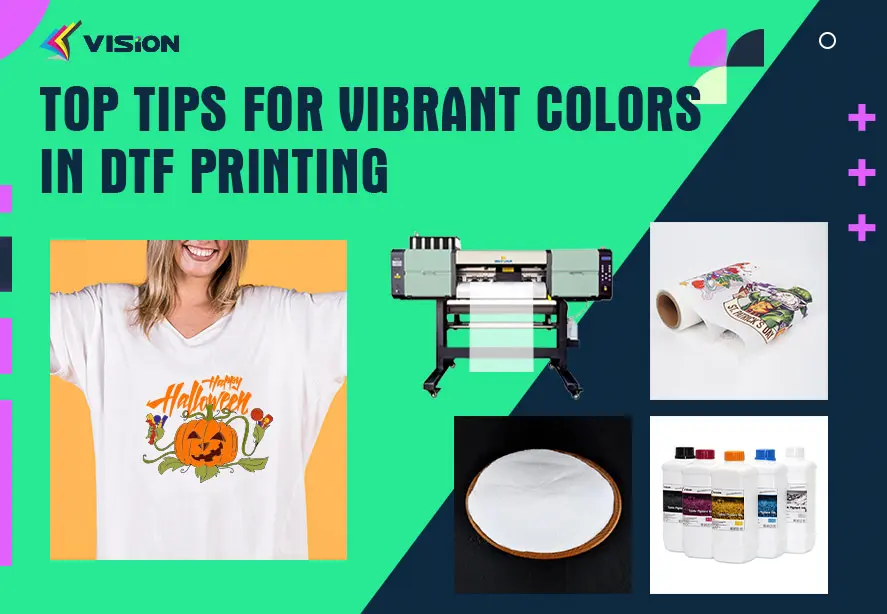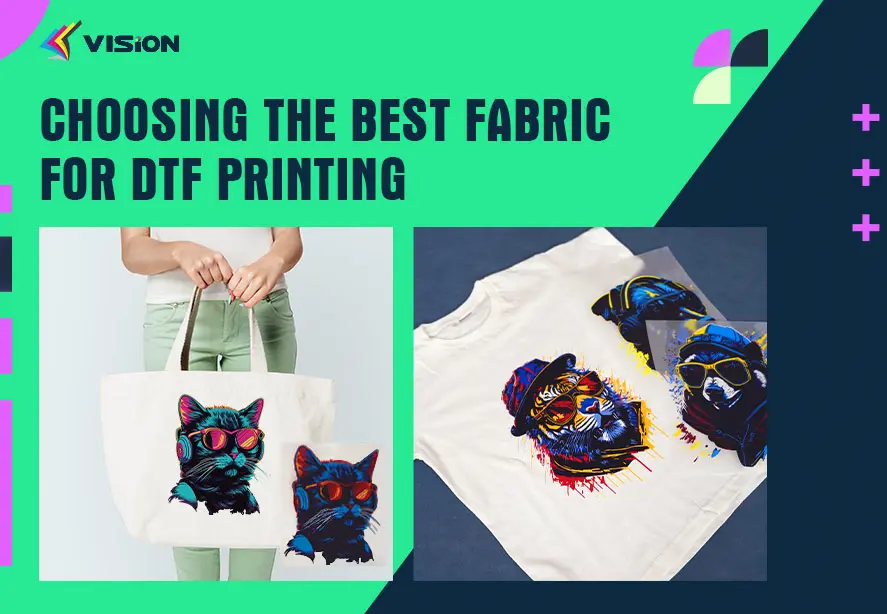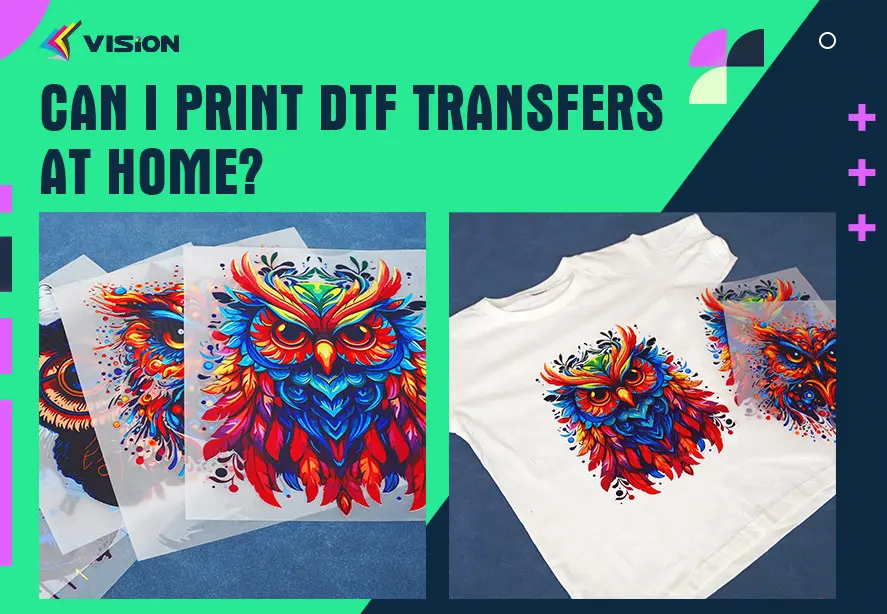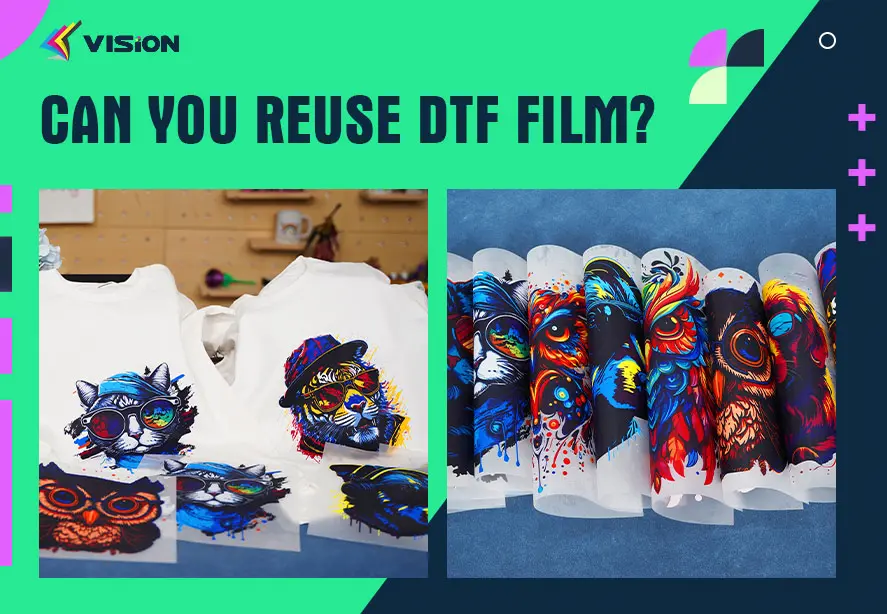Can I print DTF on a regular printer?
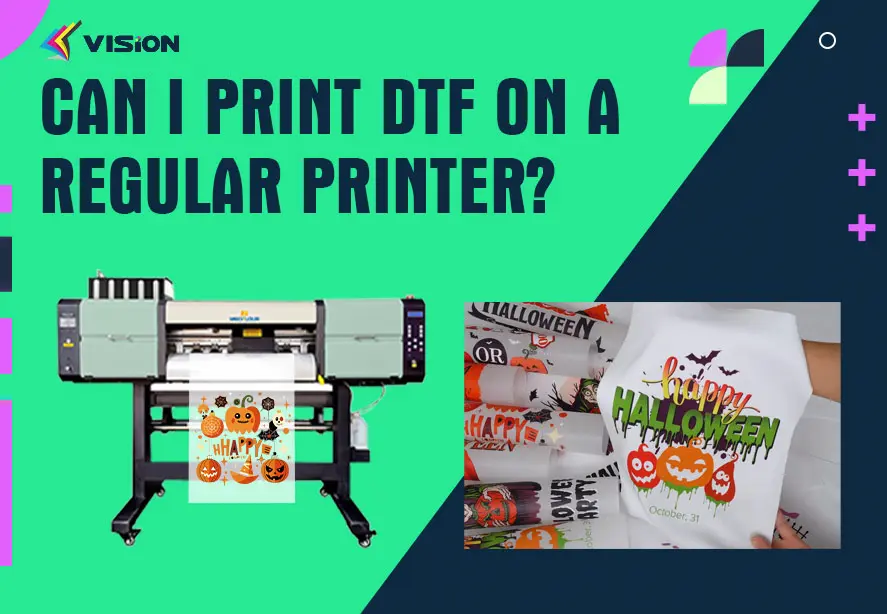
In recent years, Direct to Film (DTF) printing has gained popularity as a versatile and effective method for creating high-quality designs on fabric and other materials. As interest in this printing method has grown, people often ask: Can you use a regular printer for DTF printing? Let’s explore this topic in detail to help you understand the requirements and limitations.
Why Regular Printers Won’t Work for DTF
While it might be tempting to try DTF printing on a regular inkjet or laser printer, these standard printers lack the features and capabilities required for successful DTF transfers. Below, we break down some of the key reasons why a standard printer won’t work for DTF printing.
1. Specialized Ink Requirements
One of the main differences between DTF and standard printing is the type of ink used. DTF printing requires specialized pigment-based inks that bond well with adhesive powder and adhere to fabric. Regular printers typically use either dye or pigment inks that are not formulated for use with adhesive powder and PET film, resulting in prints that won’t stick to fabric properly or might wash away over time.
2. Unique Printing Technology
DTF printers are specifically designed to work with PET film, which requires precise control over ink layering and curing. Regular printers, even high-end inkjet models, do not have the technology to print on PET film, as they are built for paper or canvas. The printhead technology in DTF printers can handle specialized inks and film textures, ensuring that the design transfers effectively onto the fabric.
3. Heat and Adhesive Compatibility
DTF printing involves using heat and adhesive powder to transfer the design onto fabric. Regular printers cannot work with adhesive powders, nor can they handle the heating process needed to bond the adhesive to the fabric. Attempting to use adhesive powder with regular inkjet or laser printers can lead to smudging, uneven transfers, and even potential damage to the printer itself.
Essential Equipment for DTF Printing
Since you cannot use a regular printer for DTF printing, let’s examine the essential equipment you need to perform DTF printing effectively:
1. DTF Printer
Manufacturers specifically engineer a DTF printer to handle the inks, films, and powder adhesives used in this printing process.Many DTF printers are modified from standard inkjet models but are retrofitted with components that can manage PET film and DTF inks. DTF printers ensure high precision in ink placement and prevent the clogging issues common with pigment-based inks in non-specialized machines.
2. PET Film
DTF printing requires you to use PET (Polyethylene Terephthalate) film as the medium for printing the design. This film has a special coating that ensures the inks and adhesive powder adhere correctly. PET film is transparent, allowing for precise positioning on the fabric during transfer.
3. DTF Ink
DTF printers use pigment-based inks specifically designed for durability and color vibrancy on fabric. These inks have high opacity, which allows for rich colors even on dark fabrics. The inks are also formulated to bond effectively with the adhesive powder and fabric.
4. Adhesive Powder
An essential part of the DTF process is adhesive powder, which helps bind the inked design to the fabric. After the design is printed onto the PET film, it’s coated with adhesive powder and then heated to activate the powder, creating a bond between the design and the fabric during transfer.
5. Heat Press
A heat press machine is necessary to complete the DTF transfer process. The heat press applies pressure and heat to the PET film, melting the adhesive powder and ensuring that the design adheres securely to the fabric. This step is crucial for achieving a long-lasting, wash-resistant finish.
How to use DTF transfer film for your tshirt business?
Benefits of DTF Printing
Here are some of the key advantages of DTF printing that contribute to its popularity:
Versatility: You can use DTF on a wide variety of fabrics, from cotton to polyester and blends.
High Durability: Consumers recognize DTF prints for their durability and resistance to washing, which makes them ideal for long-lasting apparel.
Vibrant Colors: DTF inks use pigment-based formulas, providing rich and vibrant colors that stand out on dark fabrics.
Soft Feel: Unlike some transfer methods, DTF printing results in a soft feel that is comfortable to wear.
Challenges and Considerations
While DTF printing offers many benefits, it does come with its own set of challenges. For instance:
Initial Investment: The equipment needed for DTF printing, including a DTF printer, PET film, and heat press, can be expensive.
Maintenance Requirements: DTF printers require regular maintenance to prevent clogging, as the specialized inks can build up if not cleaned properly.
Learning Curve: DTF printing involves several steps, including applying adhesive powder and heat pressing, which may take time to master.
In conclusion, while DTF printing is an excellent choice for creating durable, vibrant designs on various fabrics, it is not possible to achieve these results with a regular printer. The unique requirements of DTF—such as specialized inks, PET film, and a heat press—mean that only dedicated DTF printers can provide the quality and durability expected in this process. Investing in the proper equipment ensures that your DTF prints are sharp, long-lasting, and versatile across different materials.
Related:
What kind of printer and supplies are needed for DTF transfers?
Choosing the Right DTF Printer: Buyer‘s Guide


